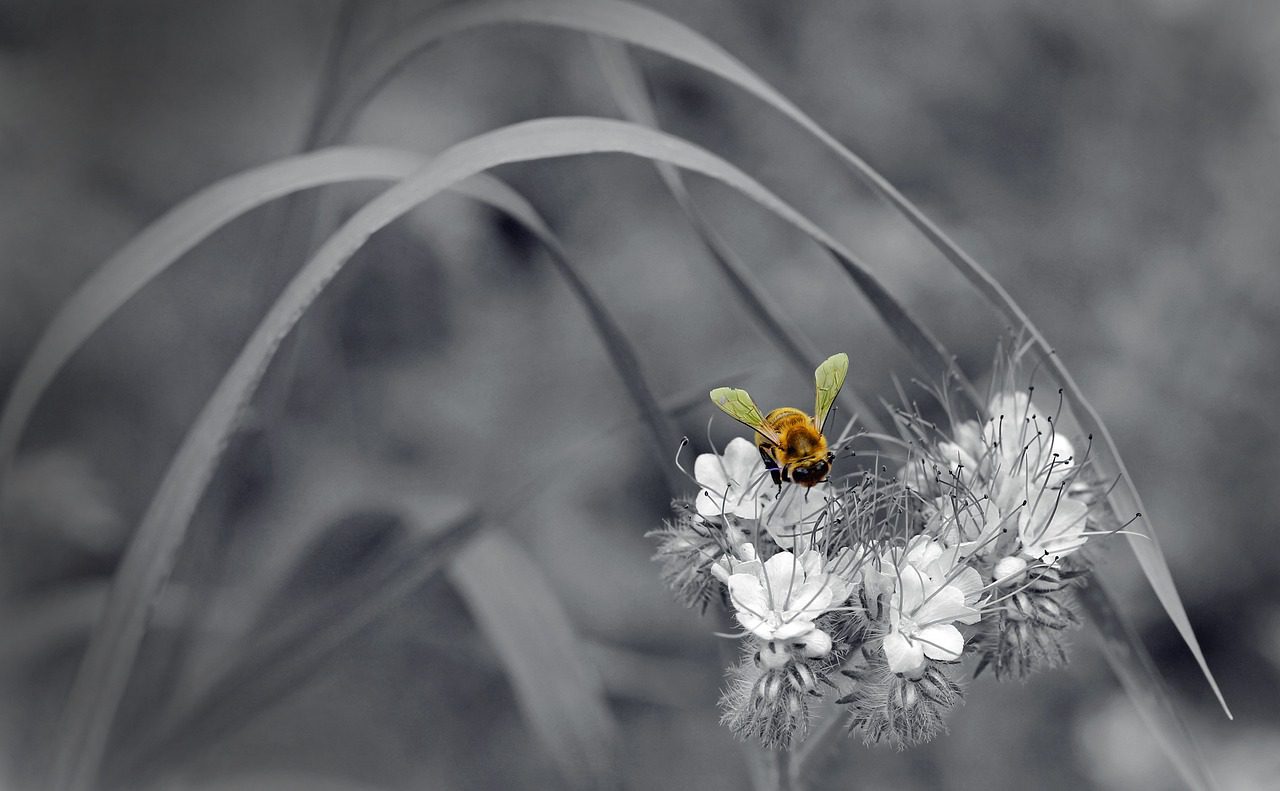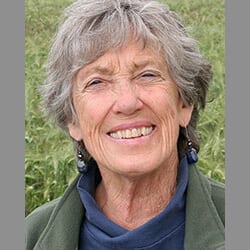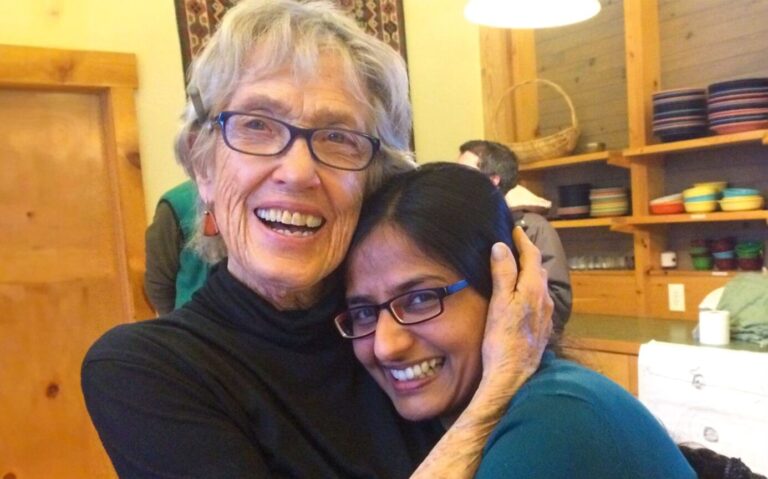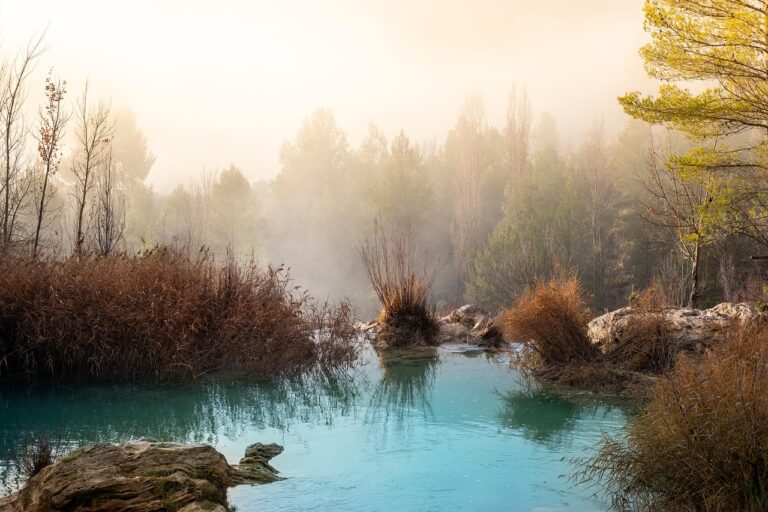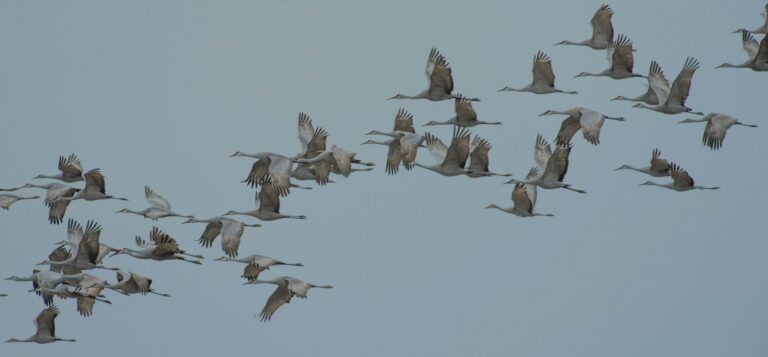To give full attention to the perils confronting our world invites an almost excruciating tension. It is the tension between seeing the enormity of the peril–such as climate chaos, mass extinctions, nuclear warfare–and seeing the inadequacy of our response to it. It takes courage to endure these tensions, yet endure them we must; for to be conscious enough to act responsibly requires being awake to the possibility of failure.
In my work in the environmental, peace, and justice movements, I share my conviction that spiritual practices can provide the moral strength to see things as they are. It is my experience that spiritual grounding, especially in the Buddha Dharma, can keep us from
shutting down or succumbing to wishful thinking. Practices that steady the mind and open the heart help us to be more present to our world.
Buddhist teachings bring me home to this beautiful, suffering world. They let me glimpse my non-separateness from it. In those moments I experience my inter-existence with all that is, and realize that there is, ultimately, no need to fear. That knowing has been
reinforced by many of the people with whom I have worked, students and teachers and organizers from all walks of life and faith traditions.
It is my experience that the world itself has a role to play in our awakening. Its very brokenness and need call to us, summoning us to walk out of the prison of self-concern.
Yet I also encounter people, including some on the Buddhist path, whose notions of spirituality hinder them from engaging with the world and realizing their power to effect change. Among the “spiritual traps,” that cut the nerve of compassionate action, are these:
- That the phenomenal world is an illusion. Impermanent and made of matter, it is less worthy than a realm of pure spirit. Its pain and its demands on us are less real than the pleasures or tranquility we can find in transcending them.
- That suffering is a mistake. Pain we may feel in beholding the world derives from our own cravings and attachments. According to this view, freedom from suffering is attained by nonattachment to the fate of all beings, rather than nonattachment to matters of the ego.
- That we create our world unilaterally by the power of our mind. Our subjective thoughts dictate the form things will take. Grief for the plight of the world is negative thinking. Confronting injustice and dangers simply creates more conflict and suffering.
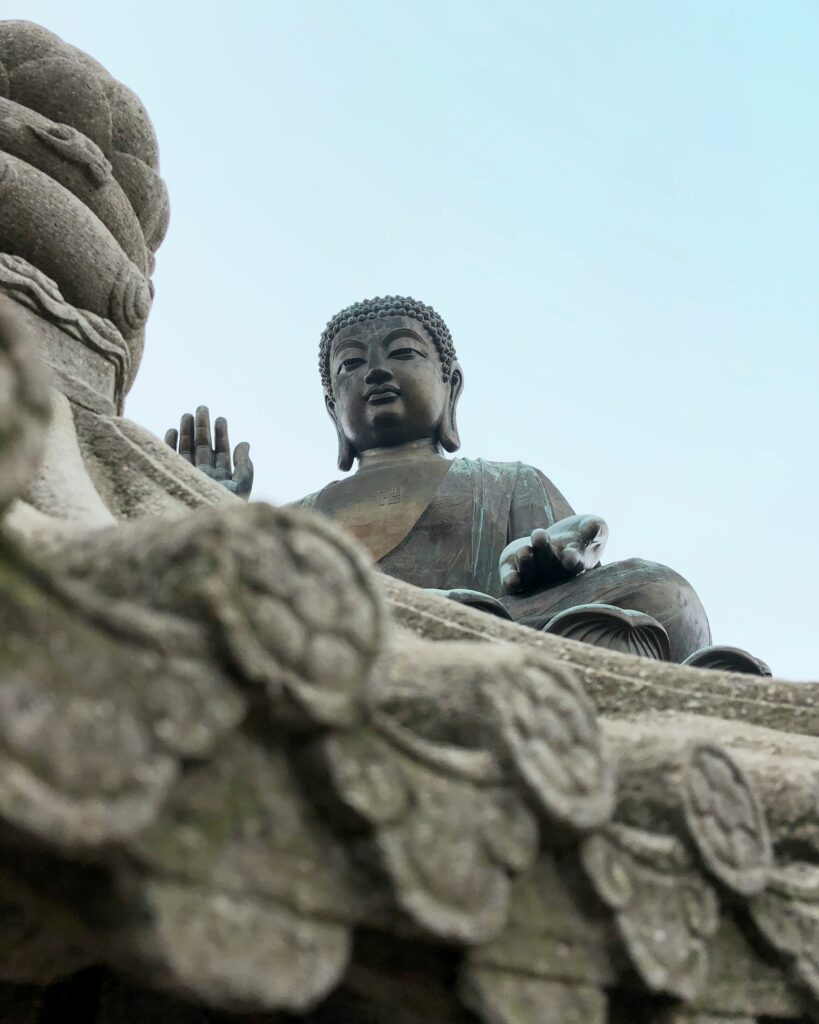
And the corollary, that the world is already perfect when we view it spiritually. We feel then so peaceful that the world will become peaceful without our need to act.
We are free, of course, to seek escape from the suffering of our world, but the price for such comfort is high. It is my experience that the world itself has a role to play in our awakening. Its very brokenness and need call to us, summoning us to walk out of the
prison of self-concern. And as we do that, as we venture into danger and uncertainty in service to life on Earth, discoveries await us.
These discoveries are symbolized by two hand gestures or mudras of the Buddha. On carvings and paintings we see them. One is the bhumi sparsa or Earth-touching mudra, that recalls the act that Gautama made when, at the outset of his vigil beneath the bodhi tree, he was challenged by Mara. Here the archetypal figure of Mara represents the fears and distractions that keep us from awakening to our unity with all life.
When Mara demands to know by what authority Gautama seeks the cessation of suffering, the one about to become the Buddha quietly touches the Earth. Instead of offering any personal credentials or curriculum vitae to show his worthiness to awaken for the sake of all beings, he touches the Earth, our ground of being. The central doctrine that he will teach, our dependent co-arising with all things, gives us that same authority. Our inseparability from all that is gives us power to act on behalf of all beings.
Stemming from that profound understanding comes the second gesture of the Buddha that calls me into life. It is the abhaya mudra. With right hand raised, palm forward, it means Fear Not. Don’t be afraid. You will never be severed from the web of life, for that is what you are.
The gesture is similar to the traditional American Indian greeting I saw in movies as a child. I greet you and show you my open hand. See, I carry no weapons. Do not fear.
When the perils and tensions of this planet-time seem hard to bear, these two mudras with all they connote help me stay present to my world.
© 2009 edited by J. Stanley, D.R. Loy, and G. Dorje, A Buddhist Response to the Climate Emergency. Reprinted by arrangement with Wisdom Publications.

